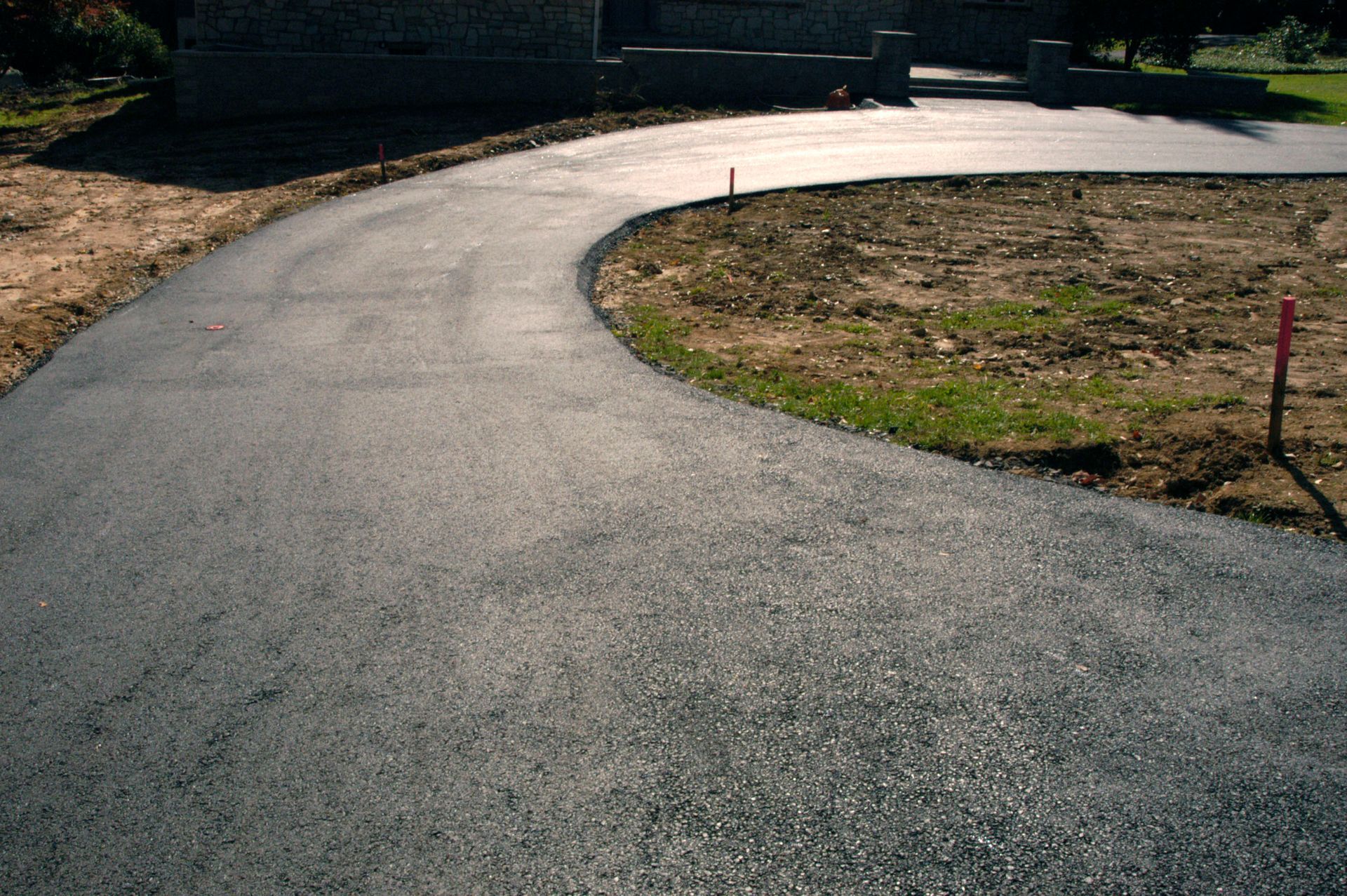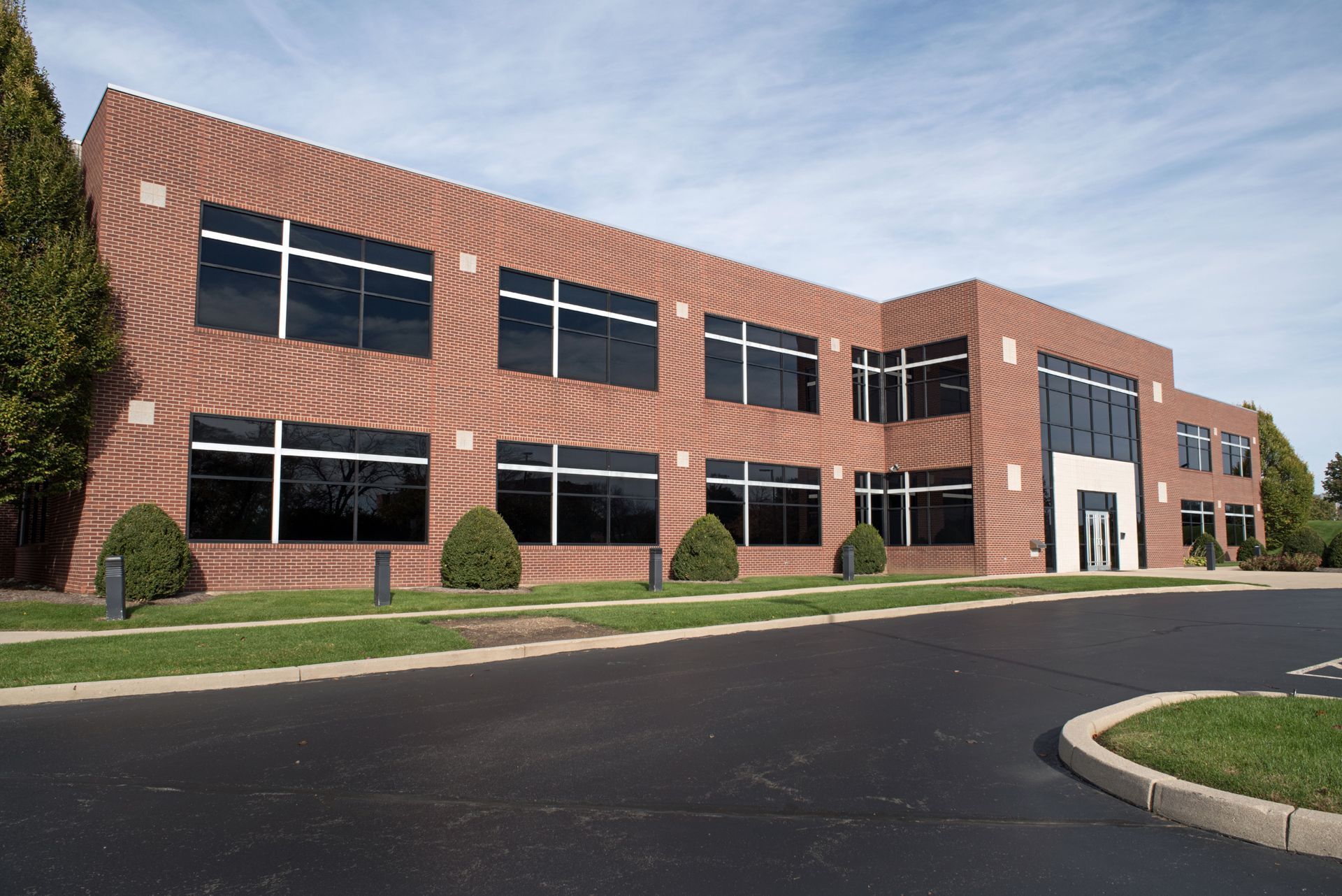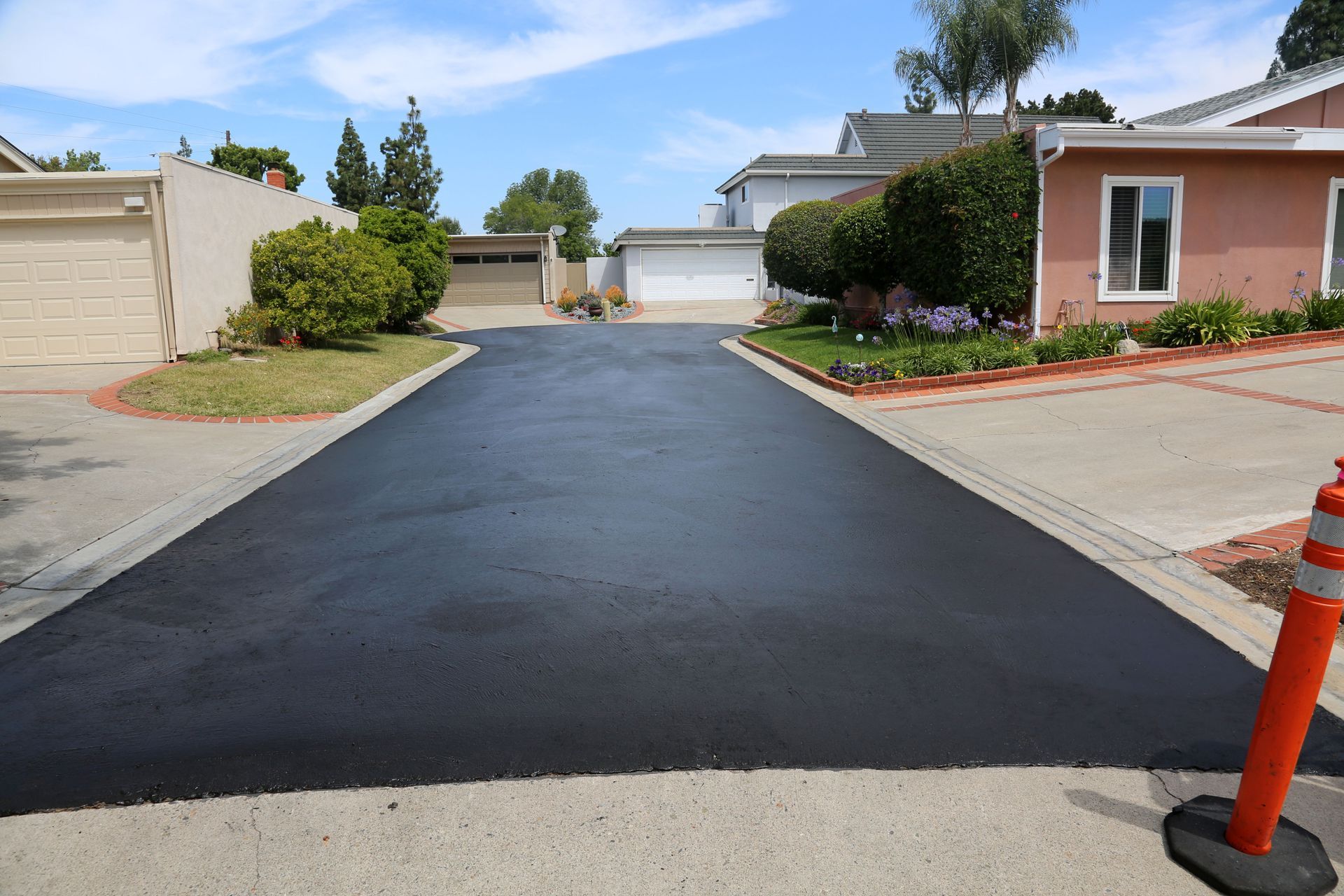July 8, 2025
In the realm of infrastructure development, paving fabrics are a foundational component that supports the integrity of roads, driveways, and parking lots. These geosynthetic materials are designed to enhance asphalt overlays by reducing reflective cracking, improving water resistance, and increasing overall durability. While the effectiveness of paving fabrics is closely tied to proper installation techniques, external environmental conditions also play a significant role in determining how well these materials perform over time. To ensure lasting results, contractors and engineers must factor in temperature, moisture, and timing when planning projects that utilize paving fabrics.
Understanding the Role of Temperature in Paving Fabric Success
Temperature is one of the most critical variables in the installation and performance of paving fabrics. For these materials to properly bond with the asphalt layer above them, they must be applied when ambient and surface temperatures fall within an optimal range, typically between 60 and 70 degrees Fahrenheit. According to The Spruce, working within this temperature range allows the tack coat, usually an asphalt emulsion or binder, to set correctly without premature cooling or evaporation. If paving fabrics are installed outside of this temperature window, the adhesion between layers may weaken, reducing the fabric's ability to prevent cracking and water infiltration.
Temperature is one of the most critical variables in the installation and performance of paving fabrics. For these materials to properly bond with the asphalt layer above them, they must be applied when ambient and surface temperatures fall within an optimal range, typically between 60 and 70 degrees Fahrenheit. According to The Spruce, working within this temperature range allows the tack coat, usually an asphalt emulsion or binder, to set correctly without premature cooling or evaporation. If paving fabrics are installed outside of this temperature window, the adhesion between layers may weaken, reducing the fabric's ability to prevent cracking and water infiltration.
Managing Moisture and Weather Conditions for Better Results
In addition to temperature, moisture levels can significantly impact the installation of paving fabrics. Excessive humidity or precipitation during the application phase can disrupt the tack coat's curing process, leading to poor bonding and reduced performance. If moisture is trapped beneath the fabric or within the asphalt layers, it can accelerate deterioration through freeze-thaw cycles or oxidation. As a result, professionals working with paving fabrics must remain vigilant in monitoring weather conditions and avoid installation during rainy or overly humid periods.
In addition to temperature, moisture levels can significantly impact the installation of paving fabrics. Excessive humidity or precipitation during the application phase can disrupt the tack coat's curing process, leading to poor bonding and reduced performance. If moisture is trapped beneath the fabric or within the asphalt layers, it can accelerate deterioration through freeze-thaw cycles or oxidation. As a result, professionals working with paving fabrics must remain vigilant in monitoring weather conditions and avoid installation during rainy or overly humid periods.
Planning Around Traffic Patterns to Preserve Fabric Placement
Traffic management is another essential consideration when installing
paving fabrics
. Once placed, the fabric layer must remain undisturbed during the window between installation and asphalt overlay. Allowing vehicles or heavy equipment to drive over exposed fabric can displace or damage it, compromising its performance. This is especially important in high-traffic areas such as highways or commercial parking lots, where even short delays in overlaying can lead to material degradation.
While skilled workmanship is key in paving projects, paving fabric companies must also consider environmental conditions to achieve optimal results. Proper management of temperature, humidity, and traffic not only safeguards the quality of the work but also extends the lifespan of paved areas. As companies continue to adapt to these variables, they ensure stronger, safer, and more reliable surfaces for the communities they serve. If you need expert paving fabric services, don't hesitate; call the pros at Asphalt Fabrics & Specialties today!
Traffic management is another essential consideration when installing paving fabrics . Once placed, the fabric layer must remain undisturbed during the window between installation and asphalt overlay. Allowing vehicles or heavy equipment to drive over exposed fabric can displace or damage it, compromising its performance. This is especially important in high-traffic areas such as highways or commercial parking lots, where even short delays in overlaying can lead to material degradation.
While skilled workmanship is key in paving projects, paving fabric companies must also consider environmental conditions to achieve optimal results. Proper management of temperature, humidity, and traffic not only safeguards the quality of the work but also extends the lifespan of paved areas. As companies continue to adapt to these variables, they ensure stronger, safer, and more reliable surfaces for the communities they serve. If you need expert paving fabric services, don't hesitate; call the pros at Asphalt Fabrics & Specialties today!






